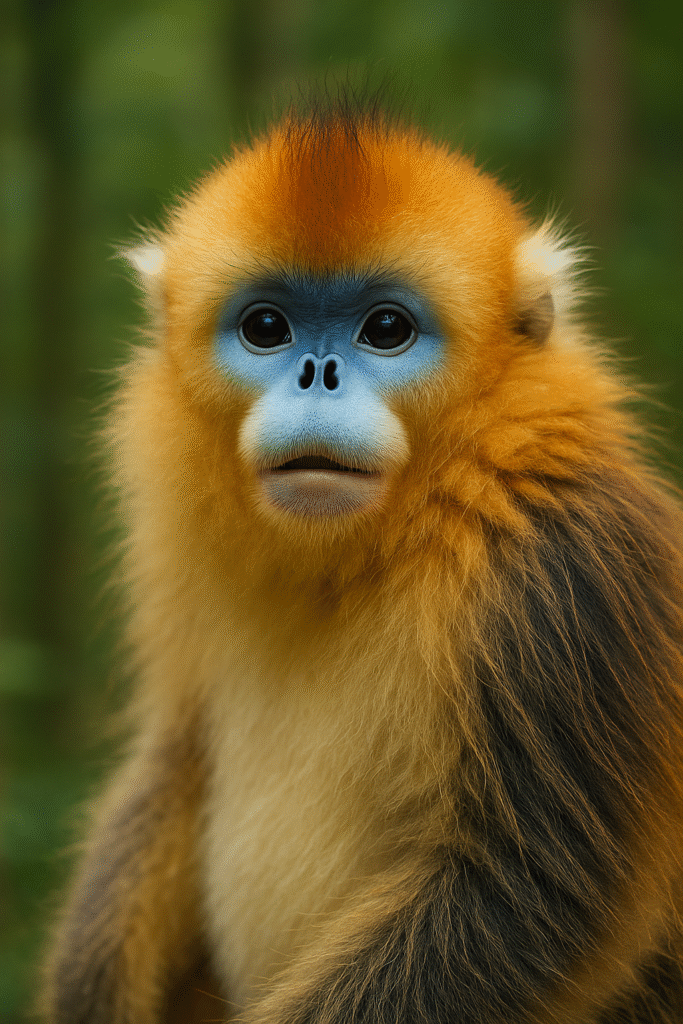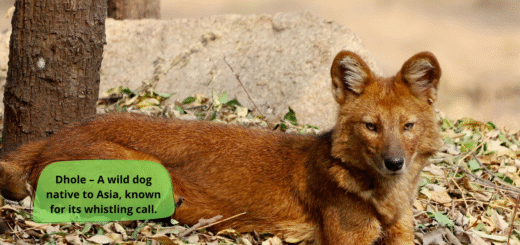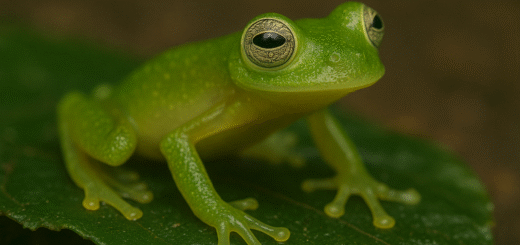The Fascinating Snub-Nosed Monkey: An Endangered Marvel
The snub-nosed monkey is an intriguing and endangered species that captures the hearts of animal lovers and researchers alike. Known for their unique appearance and social behavior, these monkeys are an essential part of their ecosystems in various parts of Asia. In this article, we’ll delve into the world of the snub-nosed monkey, exploring their characteristics, habitat, diet, and the conservation efforts being made to protect them.

What is a Snub-Nosed Monkey?
The snub-nosed monkey refers to several species of monkeys in the genus Rhinopithecus, known for their distinctive upturned noses, which give them their “snub-nosed” appearance. These monkeys are native to the mountainous regions of Central and East Asia, primarily in China, Myanmar, and Vietnam.
Unique Features of Snub-Nosed Monkeys
- Distinctive Nose: One of the most remarkable features of the snub-nosed monkey is its flattened, upturned nose. This unique physical trait is believed to help the monkey stay warm in cold, mountainous environments by allowing it to breathe more efficiently in the snow and low oxygen levels.
- Coloration and Fur: Snub-nosed monkeys have a striking appearance, with long fur that helps them endure the cold mountain climates. Their fur is often a mixture of gray, gold, and black, creating a beautiful and eye-catching coat. Some species, like the Golden snub-nosed monkey, have a golden-orange color that further distinguishes them.
- Large, Expressive Eyes: These monkeys also have large, dark eyes, which enhance their expressive faces. They often communicate through various facial expressions, making them appear especially endearing.
Habitat of the Snub-Nosed Monkey
Snub-nosed monkeys are typically found in high-altitude forests, where they can live safely from predators. These forests are often located at elevations of 2,000 to 4,000 meters above sea level. The cold, mountainous environment is a key factor in the survival of these monkeys, as they are specially adapted to the harsh climate.
Forest Canopy Dwellers: Snub-nosed monkeys spend much of their time in the upper canopy of forests, where they move through the treetops with agility. They primarily live in evergreen forests, which provide them with shelter and access to their favorite food sources.
Diet and Feeding Habits
The diet of a snub-nosed monkey is largely herbivorous. These monkeys primarily feed on leaves, fruits, seeds, and flowers. Due to their habitat in dense forests, they have access to a wide variety of plant-based foods. Some species are also known to consume bark and lichens, especially during the colder months when fruits and flowers are scarce.
Social Structure and Behavior
Snub-nosed monkeys are known for their complex social structures. They live in large groups, sometimes consisting of over 100 individuals. These groups are usually led by a dominant male, with females and juveniles forming the core of the group. The social structure helps protect the monkeys from predators, as they work together to keep watch for danger.
- Cooperative Behavior: The monkeys exhibit a variety of cooperative behaviors, including grooming, play, and vocalizations. Grooming is a common way of building bonds and maintaining social ties within the group.
- Vocalizations: Snub-nosed monkeys communicate through a variety of sounds, including screeches, whistles, and grunts. These vocalizations are important for coordinating movements and warning the group of potential threats.
Conservation Status of Snub-Nosed Monkeys
Unfortunately, the snub-nosed monkey is listed as an endangered species, with several of its subspecies facing the risk of extinction. The primary threats to their survival include:
- Habitat loss: Deforestation due to logging and human encroachment is a major threat to the habitats of snub-nosed monkeys.
- Poaching: The monkeys are sometimes hunted for their fur and body parts, which are used in traditional medicine or sold on the black market.
- Climate Change: As the global climate changes, the high-altitude forests that snub-nosed monkeys depend on may become inhospitable, further exacerbating the risk to their survival.
Efforts to Protect Snub-Nosed Monkeys
Several conservation organizations and governments are working to protect snub-nosed monkeys and their habitats. Some of the key efforts include:
- Protected Areas: Many snub-nosed monkeys live in national parks and wildlife reserves, where they are protected from poaching and habitat destruction. These areas also help maintain the biodiversity of the forests where these monkeys thrive.
- Breeding Programs: In some regions, breeding programs are being set up in captivity to increase the population of endangered species. These programs aim to maintain genetic diversity and ultimately reintroduce the monkeys into the wild.
- Community Awareness: Local communities are being educated about the importance of protecting the snub-nosed monkeys and their habitats. Eco-tourism is also promoted to raise awareness and provide sustainable income for communities that live near monkey habitats.
Conclusion
The snub-nosed monkey is a captivating and unique species that serves as a reminder of the beauty and fragility of our natural world. While these monkeys face significant challenges due to habitat loss, poaching, and climate change, conservation efforts offer hope for their future. By supporting these initiatives and spreading awareness, we can all play a role in ensuring that the snub-nosed monkey remains a part of our planet’s biodiversity for generations to come.








